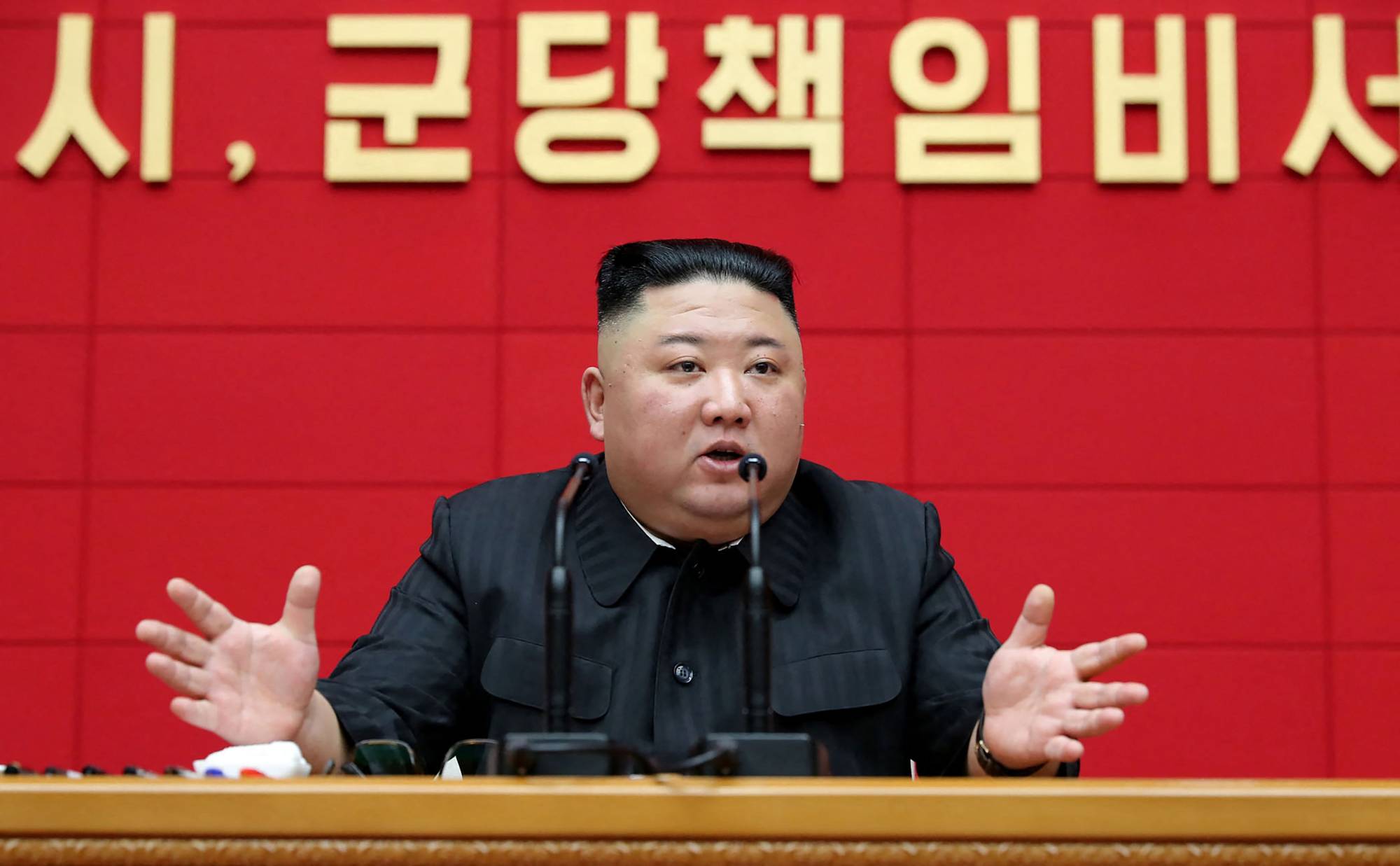North Korea’s recent public displays of new intercontinental and submarine-launched ballistic missiles have raised fresh concerns about the risks the regime in Pyongyang poses to the U.S. mainland. As President Joe Biden’s administration reviews U.S. policy toward the DPRK over the past four years and draws what lessons it can from Donald Trump’s nuclear summitry with North Korean leader Kim Jong un, it should consider a new arms-control approach.
The failure of Trump’s efforts should surprise no one. After all, prior U.S. administrations’ initiatives to stop North Korea’s nuclear-arms program — including Bill Clinton’s Agreed Framework, the six-party talks during George W. Bush’s administration and Barack Obama’s “Leap Day” agreement — came to naught. Quite the contrary: North Korea withdrew from the Nuclear Non-Proliferation Treaty in 2003, and has failed to abide by a 1992 accord with South Korea pledging to keep the Korean Peninsula free of nuclear weapons.
All this diplomatic activity leading nowhere raises a fundamental question: Does nuclear-arms control have a future on the peninsula?

















With your current subscription plan you can comment on stories. However, before writing your first comment, please create a display name in the Profile section of your subscriber account page.